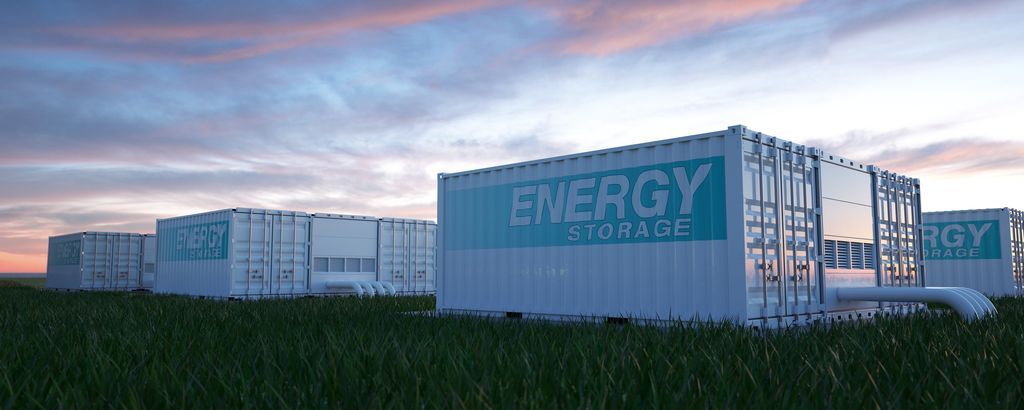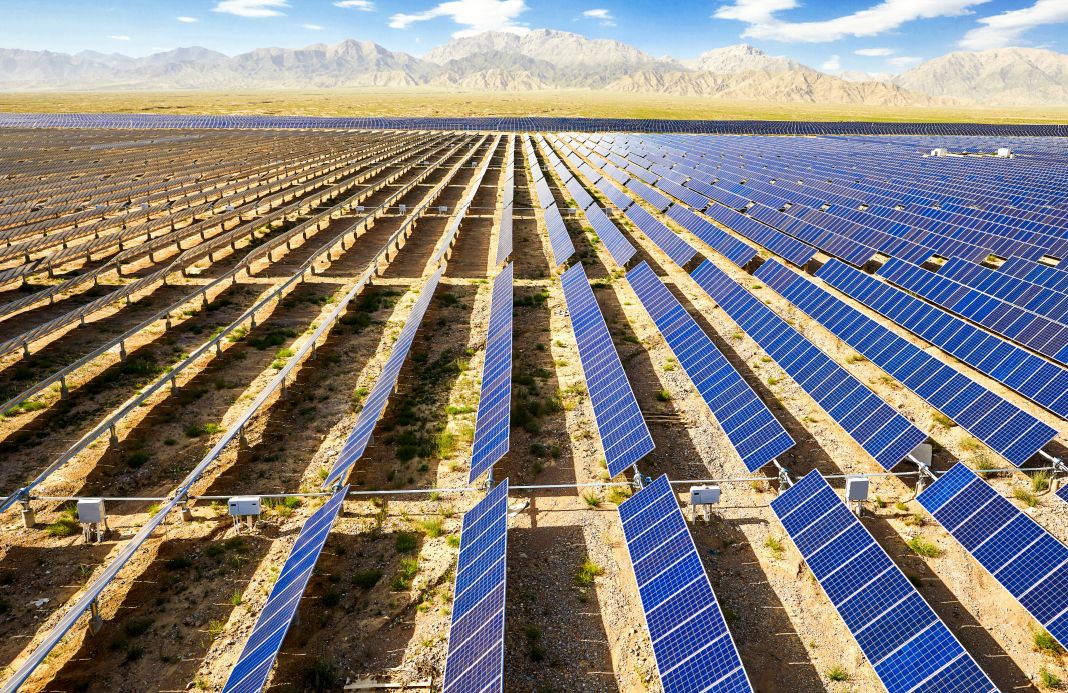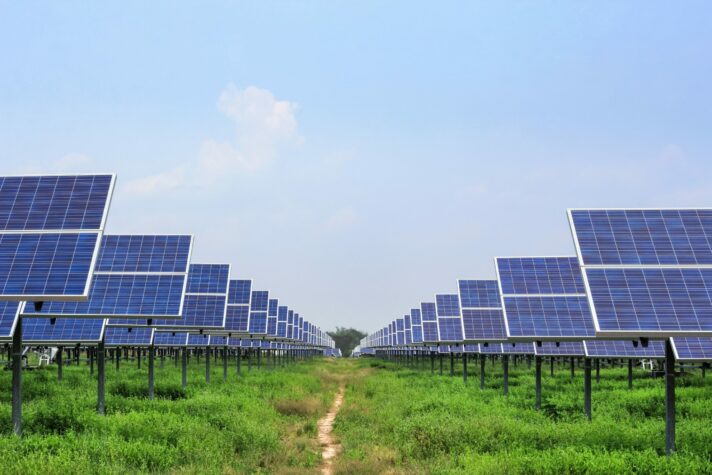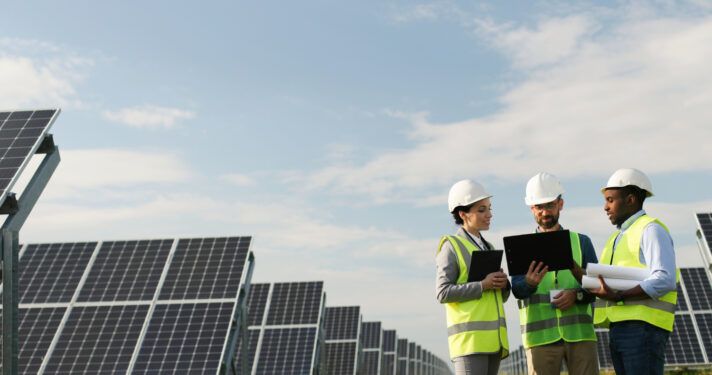Utility-scale solar developers offer a unique perspective on issues impacting the renewable energy industry; conceptualizing potential project opportunities from inception.
Rob Masinter, COO of Redeux Energy, sat down with Suncast Media this fall to discuss key issues affecting the industry, including: the Inflation Reduction Act, energy storage, and supply chain disruptions.
Q&A: Top Industry Trends
Suncast Media: What does the inflation reduction act (IRA) mean for utility-scale solar and storage developers?
Rob Masinter: The IRA will provide a huge boost for the clean energy industry. It will drive up the volume of deployment enormously – for solar alone we’re looking at 30+ gigawatts of annual deployment expectations for the second half of the decade per year. It’s incredible.
Suncast: With the IRA, the tax credits are changing. Investment Tax Credits (ITC) are now available to eligible energy storage projects, and you no longer have to pair energy generation with storage to go after those tax credits. How does this change the game?
Masinter: The playbook just changed, and it will allow developers to be more strategic and flexible with how they’re designing solar and storage projects. They no longer have to pair a solar project with storage just to capture a financial incentive on the storage. Instead, they can leverage the ITC to build a standalone storage project where storage alone makes the most sense, and where it will best support the grid. Where hybrid solar-plus-storage projects are the right answer, they will be deployed. This will allow us to put more storage on the grid, to integrate renewables, and ultimately improve power quality and reliability.
For solar right now, Production Tax Credits (PTC) are also a game changer. Industry players can now make tactical decisions about whether to utilize PTC for solar in one market, and ITC in another.
Suncast: How are you (Redeux Energy) thinking about the development right now and did the IRA change the way that you approach your market?
Masinter: The IRA is like pouring gasoline on a fire; and it will drive a lot more deployment that much faster. We’ll see more capital coming into the market, and a lot of opportunity for developers and owners.
Redeux is a project developer. Developers have to consider answers to questions including where are your core competencies, where are you really good, what’s your differential advantage? Our differential advantage lies in our ability to prospect attractive energy markets, secure land, systematically develop our project pipeline, and structure win-win partnerships with asset owners. We are fortunate to have secured very strong capital backing to operate at a multi-GW scale.
In our current economic environment, and with the IRA boost, high-quality pipeline is increasingly valuable. That is our focus.
Suncast: Can you talk more about supply chain issues affecting the industry and how things might change moving forward?
Masinter: I think the whole supply chain is going to shift from being China-centric (which has put a chokehold on project progress in recent years) to other markets, including the U.S. Fortunately, the IRA provides manufacturing tax incentives, so we’ll see a big push to develop manufacturing capacity in the U.S., which will be important to alleviating supply chain disruptions.
Within a decade, there will be a shift, and a substantial percentage of overall global manufacturing will move to the U.S. It’s a long-term shift, and those in the industry should not assume that the shift will lead to price reductions for materials integrated into solar projects, but the materials will be more readily and reliably available; that security is crucial.
A finger on the pulse of the solar industry
With utility-scale solar and storage projects across the country, Redeux is will exceed 2 GW of pipeline capacity by the end of 2022, a 400% increase from year-end 2021.
Redeux’s development pipeline consists of large, hybrid solar and storage projects in eight states within the MISO, ERCOT, SERC and WECC energy markets.
Redeux’s velocity of growth in pipeline capacity and market coverage will continue to accelerate. The company will keep its finger on the pulse of evolving issues within this dynamic industry and share its perspectives.
Are you interested in learning more? Get in touch today.





